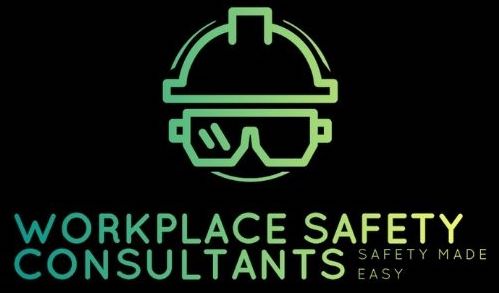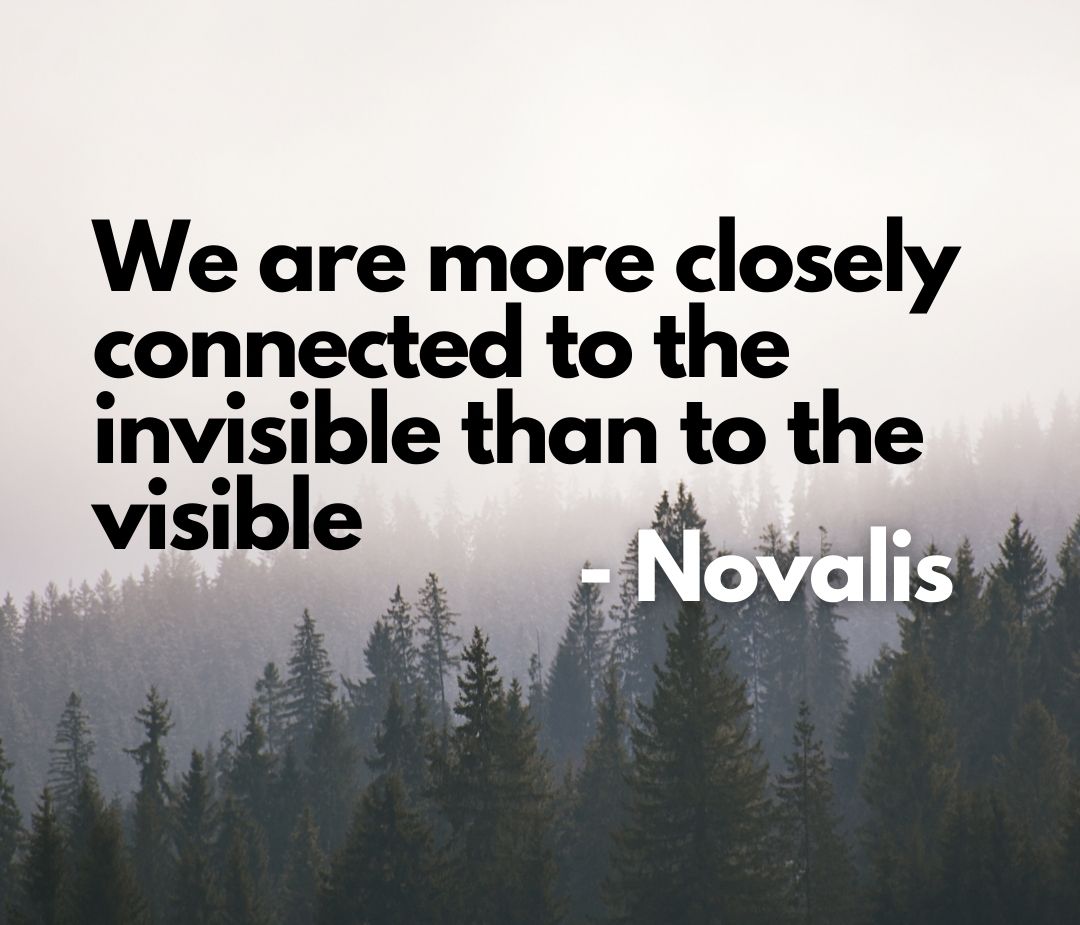Edward Stack, CEO of one of the nation’s largest retail stores in Dick’s Sporting Goods, took a bold stand to no longer sell assault rifles in the wake of the shooting in Parkland, Florida. In addition, the guns they will still carry they will only be sold to those 21 years and older. At a time when the country is divided over second amendment rights, gun control, and public safety, why would a company like Dick’s make such a decision? Was it the discovery that Nikolas Cruz, the 19-year-old responsible for the attack, had purchased a gun from Dick’s previously? Was it because of the millennials protesting gun violence? What are the cultural implications? These answers can be found by looking at how the environment influences decision-making, public opinion, leadership, and culture.
When people talk about culture they are usually referring to the internal environment and “the way we do things around here.” But culture is much bigger than the internal environment. One of the top thought leaders on culture, Dr Edgar Schein, said in an interview, “Culture is what a group learns as its way of surviving and both getting along internally and solving its problems externally. What’s usually missing is understanding how the external environment influences culture.”
This article introduces the idea that both the internal and external environment influences culture, and that culture is more than your work environment and more than what meets the eye.
The Internal Environment
The internal environment can be described in two subsets: The visible internal and the invisible internal.
The visible environment in the workplace consists of the building, lighting, furniture, equipment, and space. Physical space, resources, and equipment can significantly alter behaviour.
For example, I remember my days as a front-line factory worker where employees would argue over who got to sit in one of the few chairs on the lines. Because of a perceived lack of resources, employees became competitive, short-tempered and hostile. You could blame the employees for being negative, or label the managers as unenlightened, but either only adds to the negative climate.
Or you could try to “change the culture” by offering workshops on how to Stop Drama. However, the leader who understands how the physical environment affects culture could simply invest a few hundred dollars to get the needed number of chairs. The point being that we often try to “change culture” when a simple shift in the visible internal environment makes an impactful difference.
Meanwhile, the invisible internal environment is often more difficult to fully understand. The elements in the invisible internal environment include the history, processes, tacit assumptions, and beliefs. Although you can’t see any of these with a physical eye, these invisible elements eventually manifest into the physical realm of behaviours and “the way we do things around here.” Workplace relationships reside in the invisible because relationships are built on the way we think about other people. The way you see yourself and the way you see others affect your connectedness, or lack thereof.
In addition, status and identity affect the way people perceive each other and these perceptions contribute to cultural norms. For example, on the factory floor, there was often an unspoken us-against-them mentality when it came to those who worked in production versus those who worked in sanitation, even though we all worked for the same company.
The External Environment
The external environment also includes both visible and invisible influences. The visible external includes your location, your customers, and your competitors. For example, when Wendy’s builds a location across the street from a Burger King, we see how the forces in the visible environment affect the business for better or worse.
Notice how the invisible elements of politics, relationships, and current events are influencing the decision-making of top executives. Stack and Dick’s Sporting Goods were willing to take a hard, political stance even though they would be risking other political alliances such as the NRA.
Another example of how legislation affects the environment was when the Centers for Medicare and Medicaid Services were allowed to penalize healthcare organizations that didn’t convert to electronic records management. Large hospitals to small clinics across the nation were practically forced to comply as penalties were instated for those who refused, and bonuses were given to healthcare organizations that complied. It’s not difficult to imagine the stress on workplace relationships while healthcare workers tried to learn and implement new technology against their will and against their own timeline.
Conclusion
Culture is more than “how we do things around here” or “a set of beliefs that determine behaviour.” Corporate leaders have the opportunity to play a big role in shaping not only workplace culture but perhaps the culture of a nation. Once Dick’s Sporting Goods took a stand on the firearms, Walmart and Kroger quickly followed suit “defying the NRA”, as reported by ABC News.
In short, culture is not just about the inside of your workplace. Culture is shaped by visible and invisible forces, some of which leaders can control and others to which leaders must react. To understand culture, you must study environmental influences, both the invisible and visible, the internal and external.

